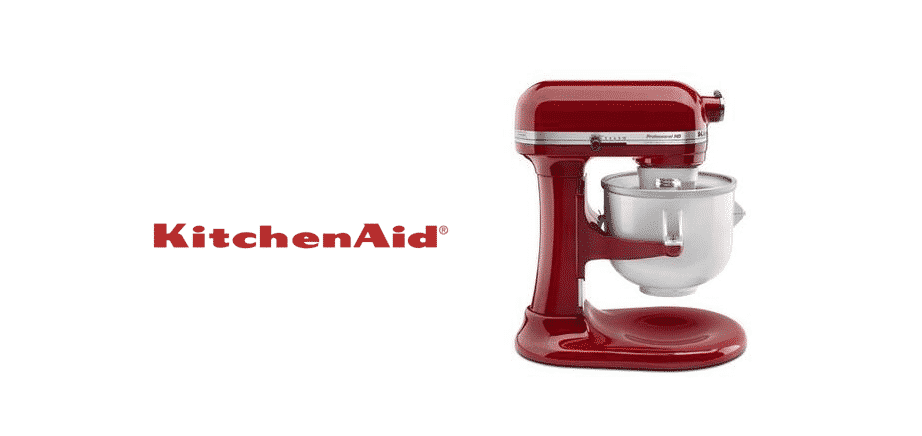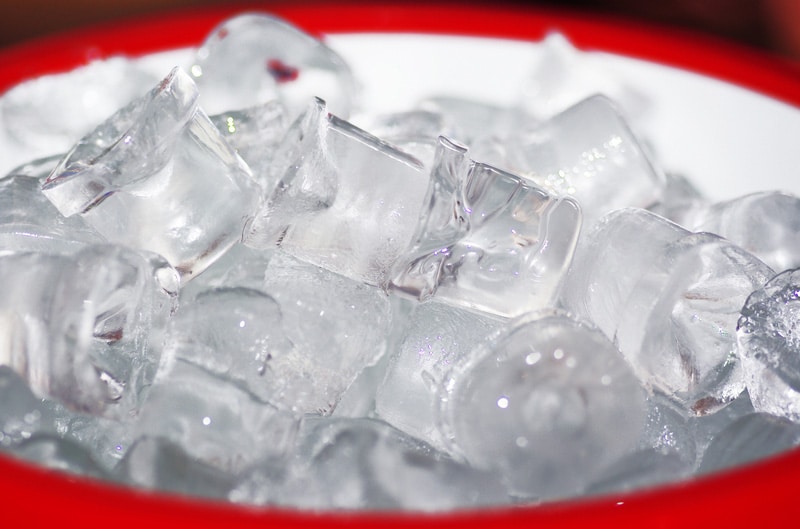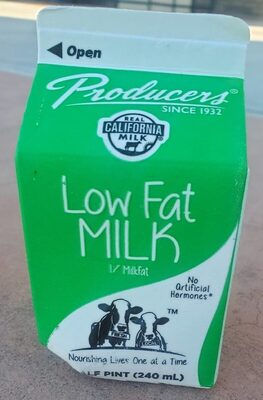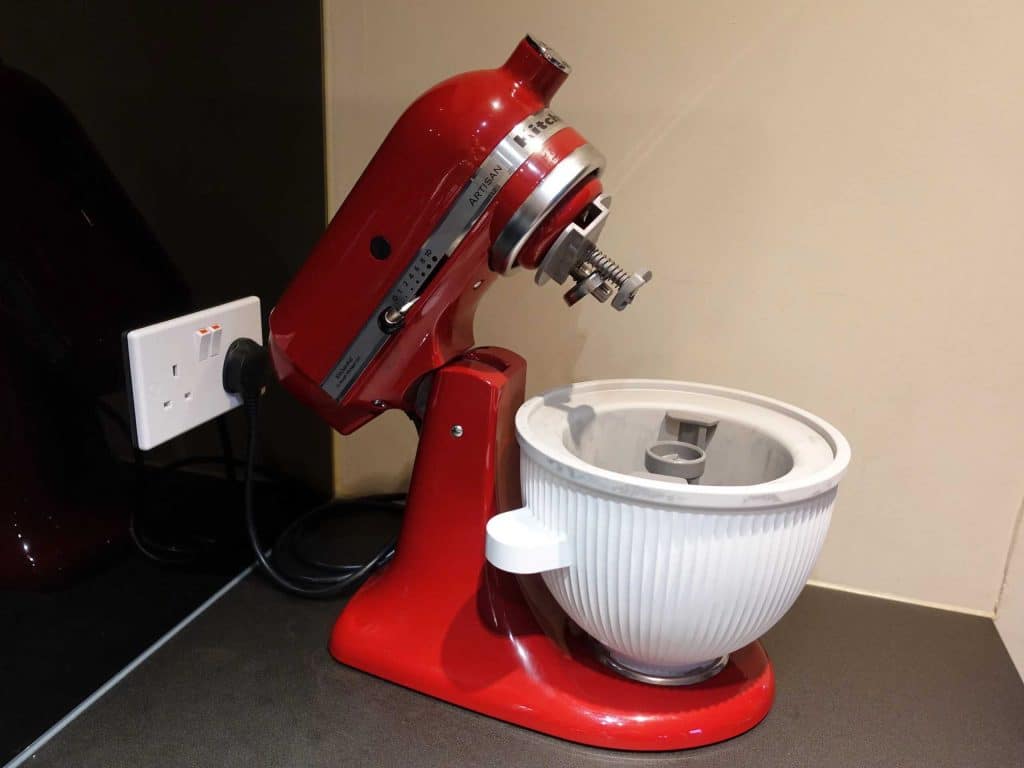
As kids, we have all dreamt of making our ice creams and making them exactly how we like. Tried to freeze some juice into a popsicle, anyone? KitchenAid makes this dream a reality with its ice cream maker. The KitchenAid ice cream maker is super easy to use and clean.
It can scrunch up delicious cold and creamy delights in just 30 minutes! Don’t worry about what you are putting in there; it has a great mixer and will mix all your ingredients to make one smooth ice cream.
While using the ice cream maker, you may have the problem of the ice cream not freezing. Let’s discuss this.
KitchenAid Ice Cream Maker Not Freezing
- Too Much Ice Cream Batter
Ice cream makers have a prescribed amount of how much batter they can handle. Just like every other kitchen appliance, they have their limits too. If you try to put in too much ice cream base, thinking you will be able to make more ice cream this way, you might be wrong.
The ice cream maker will not be equipped to handle a large amount of ice cream. As a result, your ice cream will not freeze appropriately.
To prevent your ice cream from not freezing, and to make a good quality batch, do not force too much ice cream base into the container. To find the right amount of batter, refer to the KitchenAid ice cream maker’s manual.
- Too Much Water
You must carefully measure the amount of water you add to your batter. Keep in mind that when chilled or near to frozen ingredients melt, that increases the water too.
If you have already added a lot of water and then cooled components upon melting, add theirs too, it will cause an excessive amount of water in the ice cream maker’s bowl.
As a result, the ice cream maker will not freeze, and your ice cream will not form. So when adding water, keep in mind the fact that chilled ingredients will leave their water too.
- The Temperature of The Ingredients
You must be mindful of the type and temperature of the ingredients you are adding to your batter. If you add ingredients that are warm, the ice maker will not freeze as it is supposed to.
Using ingredients chilled in the refrigerator for a while (at least 1 to 2 hours) is recommended. Room-temperature ingredients may work too, but they will take slightly longer than refrigerated ingredients.
- Salt and Ice
If you think your ice cream maker is not performing up to par and needs a little something extra, go for salt and ice. We add ice to the ice cream maker to keep the temperature low and to accelerate the ice cream-making process.
On the other hand, salt is added to melt the ice to initiate the cooling effect on the ice cream batter. The salt and ice work in conjunction to help the ice cream maker provide a cooling effect to the ice cream batter and make it cool down faster, resulting in quicker ice cream making.
- Ice Cream Base
The ice cream base or the batter is obviously the thing that is changed into ice cream by the ice cream maker. So, instead of focusing on individual ingredients, if you get the ice cream base to refrigerate all at once, we believe it will solve your ice cream maker not freezing issue.
Moreover, it will speed up the ice cream-making process since the ice cream base will already be at a lower temperature. Generally, it is suggested to leave the ice cream batter to chill overnight. If that is not possible for you, then refrigerate it for 2 to 4 hours at least.
- Using Low-Fat Milk
The higher the milk content in your ice cream, the better it will be. If your ice cream is not freezing correctly, chances are it is because of your low-fat milk.
This does not mean that you completely abandon the idea of using low-fat milk and give up on homemade ice cream forever. You can still use low-fat milk to make ice cream, but you will have to make changes in your recipe accordingly.
The first few times, your ice cream might not turn out in the right shape or texture. That is okay; with time, you can perfect your recipe and find something that works for you while still being totally delicious.
- A Faulty Thermostat
The thermostat of a kitchen appliance performs pretty much the same function as the one in your home. Just as a regular thermostat measures the temperature within the house and regulates it, the thermostat in a kitchen appliance does the same.
It will count and control the temperature in your ice cream maker. Many household kitchen ice cream makers are not equipped with a thermostat; only those that are commercial grade are. However, there are some models that now come with a thermostat.
If you have one such model and it is not freezing as it should, the thermostat may be broken. You will have to get it checked by a professional who can then also fix it for you.
- Bowl Temperature
Believe it or not, the bowl temperature matters the most when making ice cream. The freeze bowl of your KitchenAid ice cream maker must be wholly frozen to make ice cream or any other frozen delicacies.
To get the best out of the freezing bowl, you must store it in the freezer for up to 15 hours. Remember that you will have to use the freeze bowl immediately after removal from the freezer.
A delay of even a few minutes will affect your results, and you might not get your desired consistency. And yes, you will get the best results if you place the bowl at the back of the freezer. This is where it is the coldest!
- Incorrect Methods
The ice cream is made in 2 parts. The first is the conversion, and the second is the ripening. Conversion involves freezing with the ice cream maker attached, which results in an ice cream-like consistency.
The second part, that is the ripening process, takes place in the freezer, where the ice cream will become much more complicated in the span of 2 to 4 hours.
- Before you begin making the ice cream, ensure that the mixer is running and your ice cream bowl is attached securely.
- During the process, the volume of the batter increases by a lot. If you want to make 2 quarts of ice cream, your batter should not exceed more than 46oz. Too much batter volume means that the ice cream maker will not freeze.
- If you use fast speeds, it will slow down the conversion process, and your KitchenAid ice cream maker will not freeze.
The Bottom Line
The KitchenAid ice cream maker is a good and reliable kitchen appliance that can help you make delicious ice cream at home.
However, you may face the freezing issue at times, which can be easily solved using the above remedies. If this does not help you, then you will need the help of a professional to get your KitchenAid ice maker working again.




